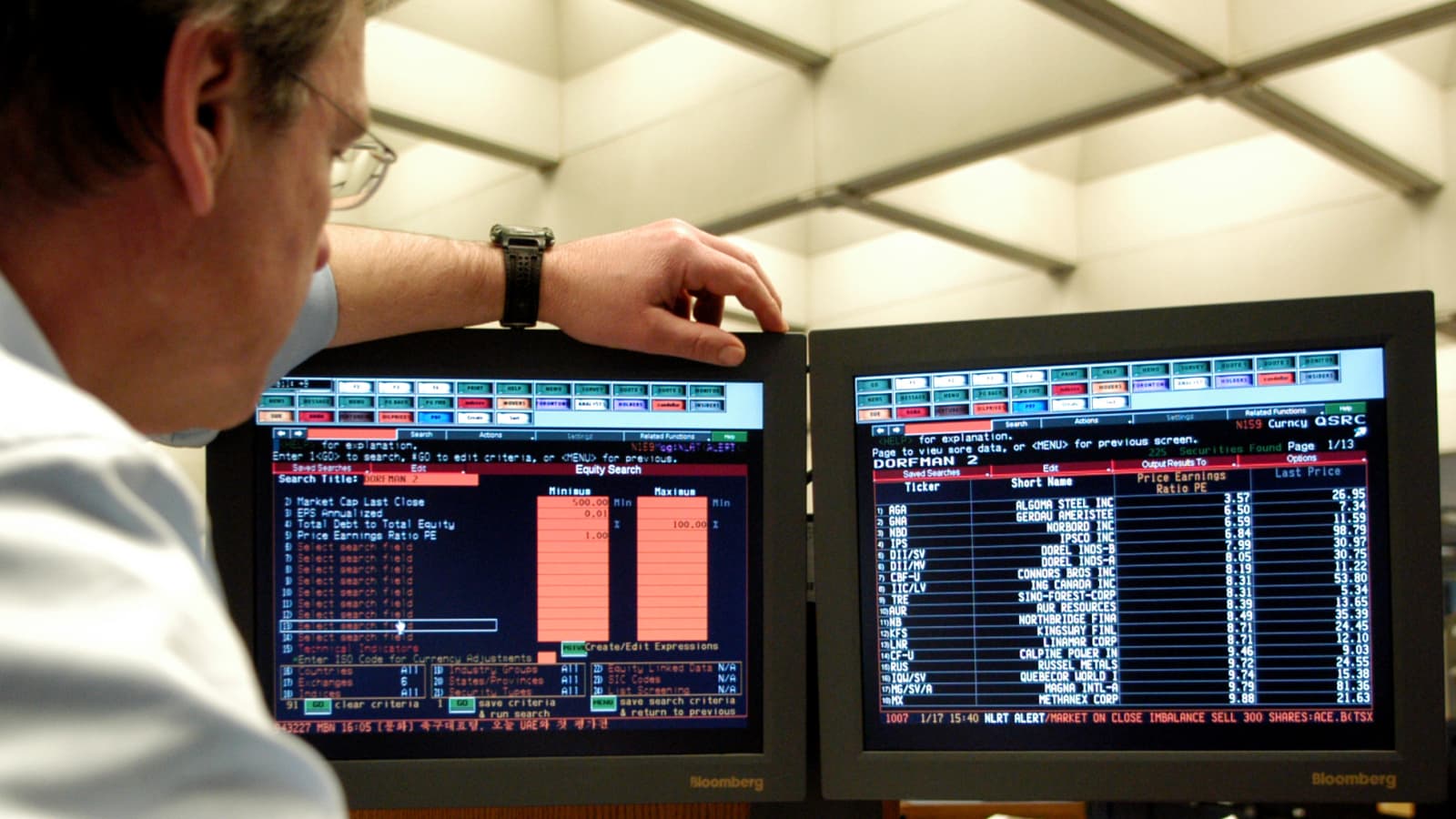A cautious start to trading on Tuesday, with investors seemingly having one eye on midterm results in the US and another on Thursday’s inflation data.
It’s hard to see past both of these things this week. The question for many is whether investors will respond positively to the deadlock in Washington. On the one hand, the prospect of less spending could be viewed as aiding the inflation fight but on the other, the economy could be headed for recession, and inaction in government won’t help the situation.
The Republicans are strongly favoured to take back control of the House and with the Senate currently split, they are likely to edge that as well meaning Biden’s economic agenda will come to a standstill ahead of the 2024 election.
Arguably the most important takeaway from the midterms will be how Trump-supporting Republicans fare, particularly those so fiercely sticking to the “stolen election” line, among others. With Trump himself due to make a “big announcement” soon, it would appear he’s about to throw his hat into the ring and declare any victories a show of support for his own nomination.
With the US likely heading for recession, whoever wins the Republican race stands a good chance of winning the race in 2024. It may now become a question of how much of a grip Trump still has on the Republican party and whether the manner of his exit will prove to be a barrier or a supportive factor within the base.
Of course, the more pressing issue in the near term is inflation and so, regardless of the midterm results, we may still see some trepidation in the markets ahead of Thursday’s release. The Fed has made clear it intends to slow the pace of tightening in December and this data could either throw that into question or start to build the case for a lower terminal rate than the central bank hinted at last week.
Oil pares gains as China Covid cases jump
Oil prices are easing a little on Tuesday, a day after Brent crude came within a whisker of $100 again. It’s traded below this major psychological level since July but recent developments have propelled the price higher again, up more than 20% from the September lows.
OPEC+ had a big hand to play in that but speculation around China’s zero-Covid commitment may also be a factor in recent gains. That said, those rumours still haven’t been confirmed and in fact, outbreaks in Guangzhou and other major cities have led to increased restrictions. It may be a little early to get carried away with speculation, especially when any significant change in policy would represent an enormous shift from the status quo. Still, the performance of Chinese stocks suggests there’s a belief that there’s no smoke without fire, which may also be enabling the continued rise in crude.
Gold edges lower amid a stronger dollar
The dollar is staging a small recovery around its recent lows which is weighing a little on gold this week. The yellow metal surged late last week following the jobs report before stumbling around $1,680 which has previously been a notable level of resistance. Still, it’s holding onto the bulk of those gains quite well which suggests traders are anticipating some good news from the inflation data on Thursday, at least good enough to convince the Fed of the need to slow the pace of tightening next month.
Anything that suggests they won’t need to rise as high as the Fed indicated could give gold another boost. Although given what the central bank said last week, you have to wonder if they are in fact anticipating another stubborn reading.
Bitcoin plunges below $20,000
It’s been a rough couple of days for bitcoin which finds itself back below $20,000 and down more than 4% on the day. It has recovered a little after previously being off more than 6% but this is a far more severe decline than we’re seeing in other risk assets which may be a worrying sign for crypto bulls. The declines may be linked to the plunge in FTT which nosedived amid reported concerns over Alameda’s balance sheet. We’ve seen this kind of situation have ripple effects on prices before and this may explain the sharper declines we’re seeing this week.

 Naira4 weeks ago
Naira4 weeks ago
 Naira4 weeks ago
Naira4 weeks ago
 Travel4 weeks ago
Travel4 weeks ago
 Jobs4 weeks ago
Jobs4 weeks ago
 Naira4 weeks ago
Naira4 weeks ago
 Naira3 weeks ago
Naira3 weeks ago
 Investment4 weeks ago
Investment4 weeks ago
 Travel4 weeks ago
Travel4 weeks ago


























